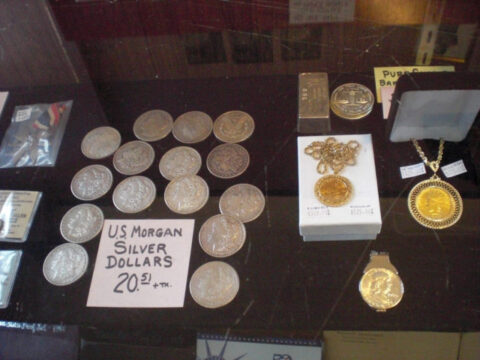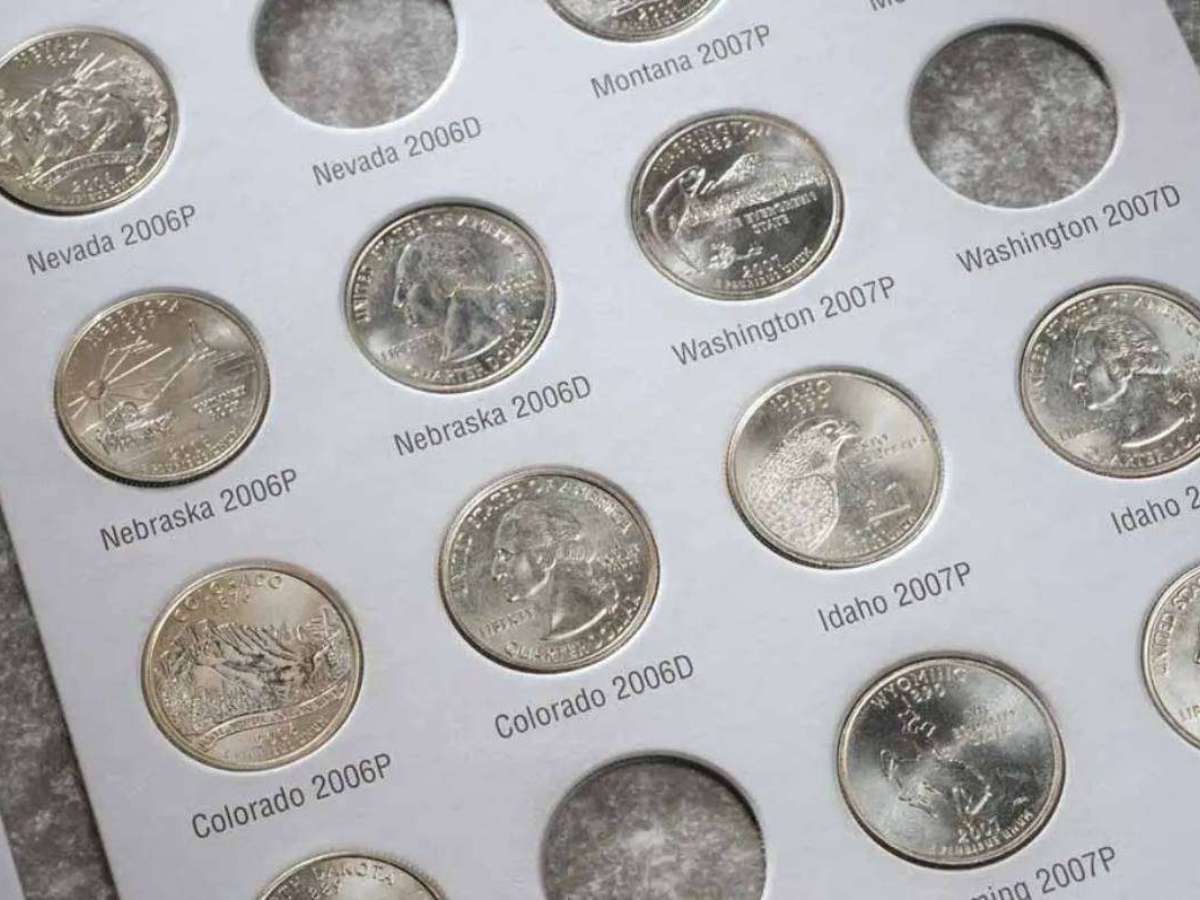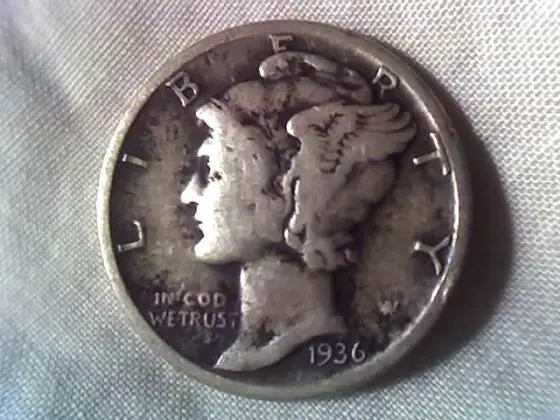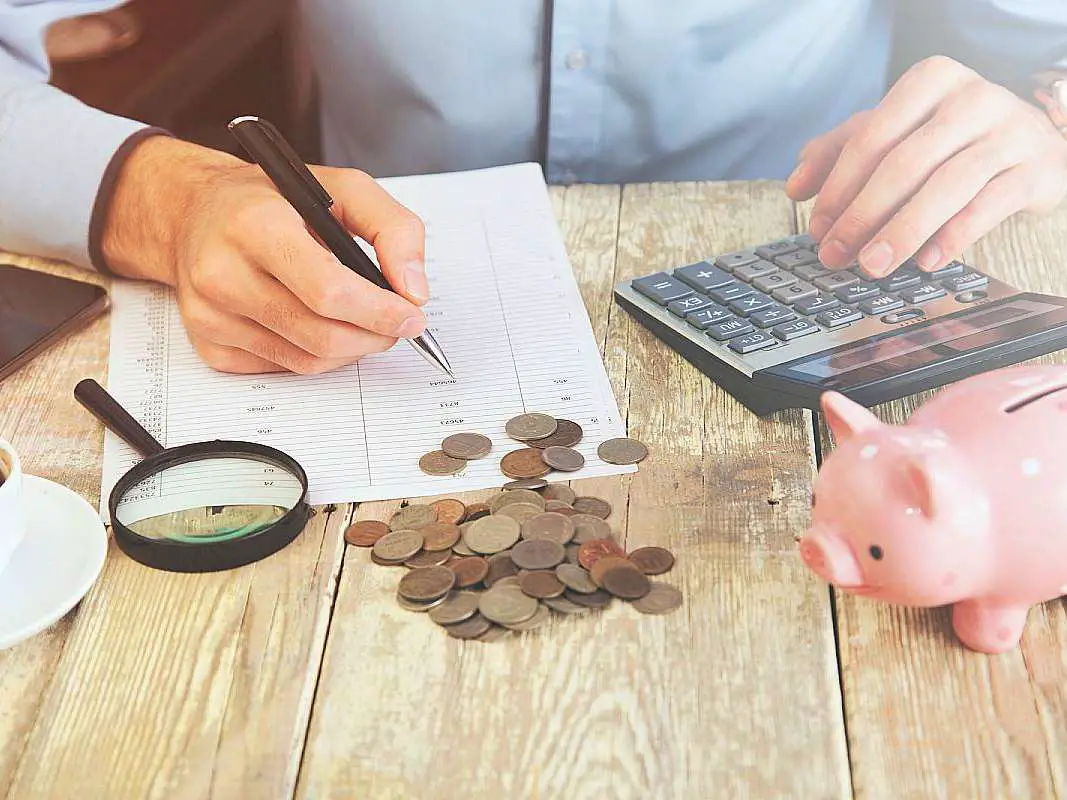If you’ve been reading any coin books or coin magazines, looking at coin websites, or joining in online coin forums… then you probably feel like you’re having to learn a whole new language just to find out more about your coins!
If you’re feeling alone — DON’T.
When I first started collecting coins almost 20 years ago, I felt the same way.
Rest assured, you will learn the most important coin terms in no time. And soon you will know plenty about the language of coin collectors!
Important Coin Terms You Need To Know
OK, I’ll be honest — you’ll need to know plenty more than just these 10 coin phrases if you want to understand everything there is to know about coin collecting.
But the following 10 coin words and phrases are the ones I think you need to master early on.
Why these 10? Because they:
- Are vital to your grasping some key coin concepts to avoid getting “taken” when buying or selling coins
- Will prevent you from making mistakes as a newbie collector
After that, you can build on your knowledge of these coin terms as you go along in the hobby!
Numismatist
OK, let’s start with the first term you’re probably curious about… numismatics (and the related, numismatist).
What are they?
Well, you are a numismatist — somebody who studies coins and money.
Numismatics is the study of coins and money.
There’s a bit of debate as to who really is a numismatist:
- Some suggest you have to be more than just a casual coin collector to really be a numismatist (somebody who devotes significant time to learning more about coins and money, as opposed to just collecting them).
- Others say anybody who is interested in coins or money — collecting them, studying them, whatever — is a numismatist.
Here’s my take on the differences between a numismatist and a coin collector.
Coin Grading
The next term you’re going to need to pick up on rather quickly is coin grading.
Coin grading is the act of evaluating a coin’s state of preservation based on how much (or how little) wear it has. Thus, a coin’s “grade” is its current state of preservation — based on how much or how little wear it has. Amateurs often think of coin grade as the coin’s “condition.”
Coins are normally traded, bought, and sold primarily on the basis of their grade — so you will need to know:
- What coins in different grades look like — that way, you won’t get ripped off when buying or selling coins
- Coin grading terms and abbreviations — understanding each one of them will help you be a more astute coin buyer and coin collector
Knowing a coin’s grade is also important in developing your appreciation of coins in general.
While it can take many years to really be able to grade coins with a good degree of accuracy by eye alone, there are plenty of coin grading books available to help you grade coins and find out more about the coin grading process. (My favorite coin grading book is the official ANA Grading Standards for U.S. Coins by Kenneth Bressett.)
If grading coins yourself, you might also find these coin grading apps useful. They will save you a lot of time!
Brilliant Uncirculated (BU)
BU, which stands for brilliant uncirculated, is probably one of the most frequently encountered coin grades. BU refers to a coin with no wear and good to superb surfaces.
While BU is a desirable coin grade, it’s important to remember these 2 things:
- Many coins advertised as BU are actually cleaned coins with light amounts of wear.
- Many other BU coins that have no wear may have been dipped or cleaned to remove toning.
Yes, there are scores of genuine, unadulterated BU coins on the market… And now you know what to look for! (Avoid coins that have been worn, cleaned, dipped in a brightening solution, or otherwise altered.)
Here’s what all of the coin grade abbreviations mean.
Red Book
You’ll be hearing a lot about the Red Book — here and in most other coin circles.
What is it?
The Red Book’s formal title is A Guide Book of United States Coins — by Kenneth Bressett and R.S. Yeoman.
Since it debuted in 1947, the Red Book is probably the best overall coin book you can buy. (And I’ll go so far to say… if you can only buy one coin book, this is the one you want!)
The Red Book coin price guide gets updated every year. It contains:
- Values / prices for all U.S. coins
- Coin grading charts for each coin
- Detailed coin information
- Color photos for practically every coin made in the United States — going back to Colonial times!
As with any printed coin price guide that’s published just once a year, the Red Book doesn’t reflect the absolute latest trends and up-to-the-moment coin sales. But look beyond that — because you’d have to either visit a local coin dealer OR use a professional coin grading service or professional appraisal company for that anyway. The Red Book exists to help us all grade and value our own coins at home.
The Red Book has practically everything a beginning coin collector (and advanced one too!) needs to know about United States coins.
Here’s a closer look at the top 3 coin price guides.
Third-Party Graders
Third-party grading companies are firms that will, for a fee, evaluate your coins. There are hundreds out there — but only a handful that are longstanding, truly legitimate, respected, and consistent with how they grade coins.
Normally, you have to send your coins away to the company to have them graded.
If the coin has no damage, it will be sent back to you in a slab (see below). Most times, damaged coins are sent back ungraded. However, there are some third-party grading companies (like PCGS) that’ll still slab a damaged coin, mark it as genuine, but not give it an actual grade.
Slabbed Coin
A slabbed coin is one that has been authenticated and graded by a third-party grading company.
The slab refers to the hard, sonically sealed, tamper-evident holder that the coin has been placed into.
Slabbed coins are valued by coin collectors for a number of reasons:
- They are proof that the coin contained within is deemed authentic according to experts
- The coin contained inside has been graded and evaluated by professionals
- The plastic slab does a good job of protecting coins in a nearly airtight environment for a long time
However, not all slabbed coins are regarded with the same respect…
There are several companies (like PCGS, ANACS, NGC, ICG, and SEGS) which are generally viewed with esteem by leading numismatists. However, there are literally dozens of other companies that slab coins but have yet to gain any respectable standing in the numismatic arena. So be sure to choose a third-party grader that slabs coins very carefully!
Here is my take on putting together a unique collection of coins that have been certified and slabbed.
Cull Coin
Coin collectors are a discriminating bunch. We don’t much like coins that have been cleaned, bent, holed, or are otherwise damaged.
But one person’s trash is another’s treasure. That’s why many coin collectors who don’t have much to work with for a budget love cull coins.
Cull coins are those that don’t meet up to the typical standards of coins collected by most numismatists. These coins may have any array of problems. Many are problem-free but just so worn down that most coin collectors wouldn’t want them for their coin collections.
That’s where the coin collector on a shoestring budget can come in and swoop away some coins at a discount price that maybe would be unaffordable in higher grades!
When you go to a coin dealer, ask about their cull coins — you might just find a deal or two that you can’t leave without taking advantage of!
See the difference between cull coins and junk coins.
Eye Appeal
Generally speaking, eye appeal refers to how nice a coin looks. But technically… eye appeal refers to the overall level of surface quality a coin has.
Regardless of how high or low a coin’s grade is, some coins are simply stunning and others are only so-so.
A coin with good (or “high”) eye appeal may be one that not only looks decent for its grade but may also be especially devoid of a number of problems typically associated with other examples this same coin — like scratches, nicks, or poor color.
Coins with particularly nice eye appeal may even merit a higher price than coins in exactly the same grade but with less attractive surfaces.
As you become a more discerning coin collector, you’re going to start picking out which coins look the nicest in a bunch.
The next step, after investigating coins with the naked eye, is to move up to a handheld coin loupe or a 5x coin magnifying glass.
Novelty Coin
You’ve probably seen plenty of gold-plated Kennedy half dollar coins advertised on TV, might remember those President Barack Obama coins that were popular a few years ago, or perhaps have seen Lincoln pennies with little designs of President Kennedy.
Those are examples of novelty coins.
Many are real, legal tender coins that have been somehow altered.
Novelty coins like this really don’t have any numismatic value, but there are some coin collectors that put their efforts into collecting novelty coins.
Don’t have money to spend on coins? Here are some low-budget ways to find and collect coins!
Proof Coin
Proof coins are specially manufactured coins that have been struck on polished coin blanks and struck with specially prepared dies (the machine that stamps the design on coins).
Modern proof coins have mirror-like surfaces and highly detailed, frosted designs and lettering.
Older proof coins may have a number of other characteristics — including matte surfaces.
These extremely high-quality coins (as well as proof coin sets) are created and sold by the U.S. Mint… for collectors.
Proof coins are not intended by the U.S. Mint to be spent as money — although, on rare occasions, some people do break the coins out of their unique packaging and spend them!
Always remember that proof is not a grade — it simply refers to a method of coin manufacturing.





